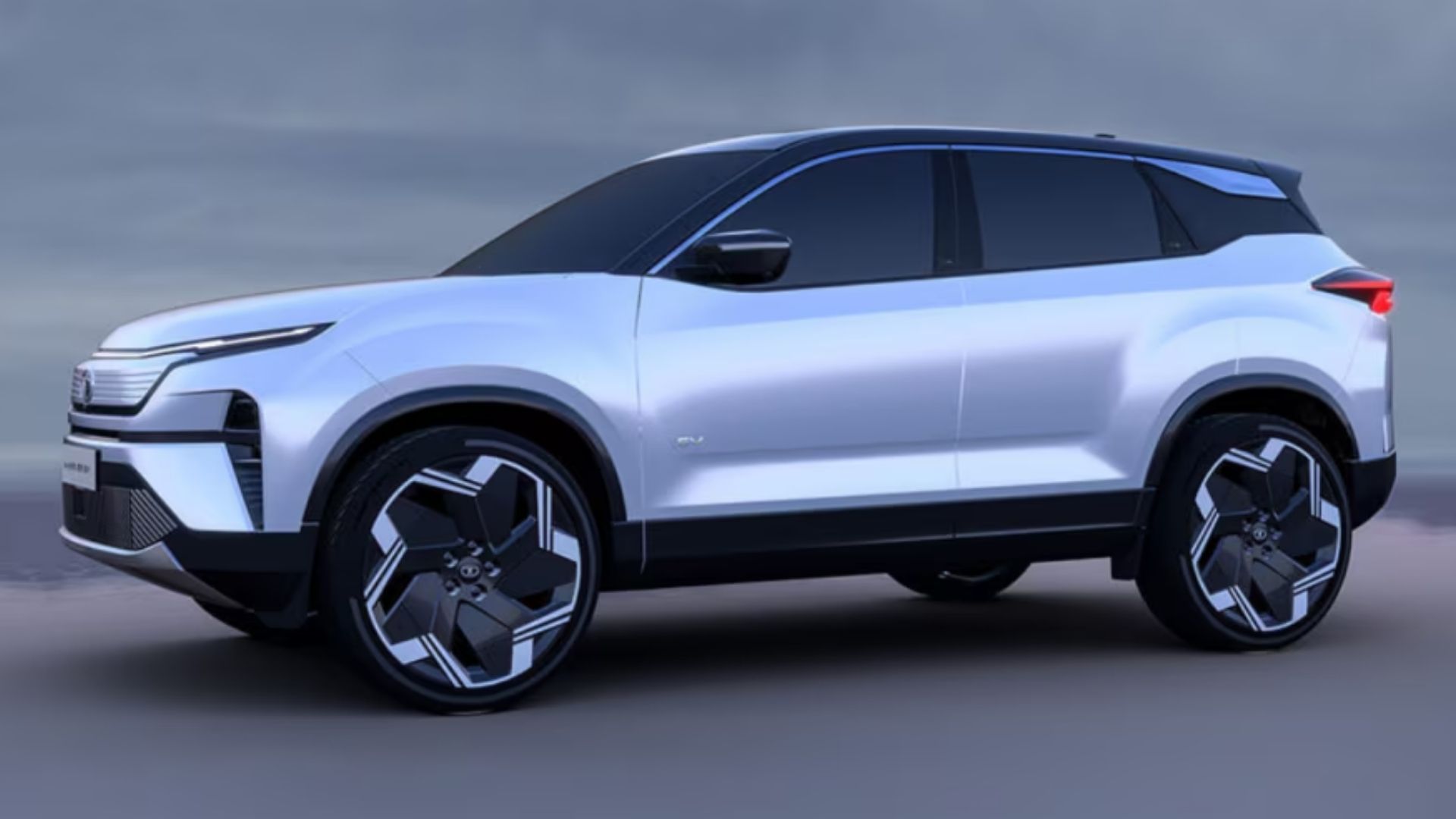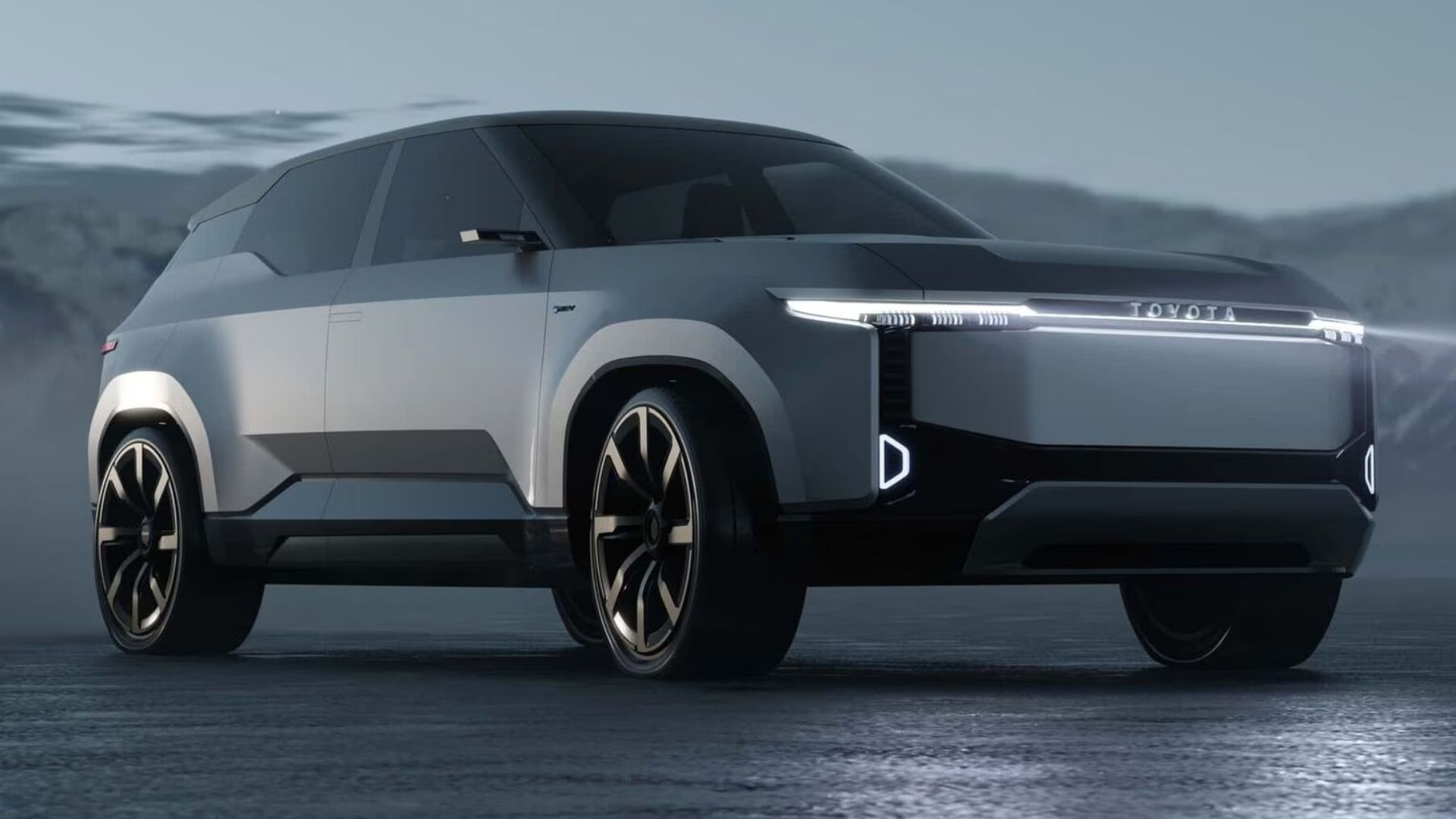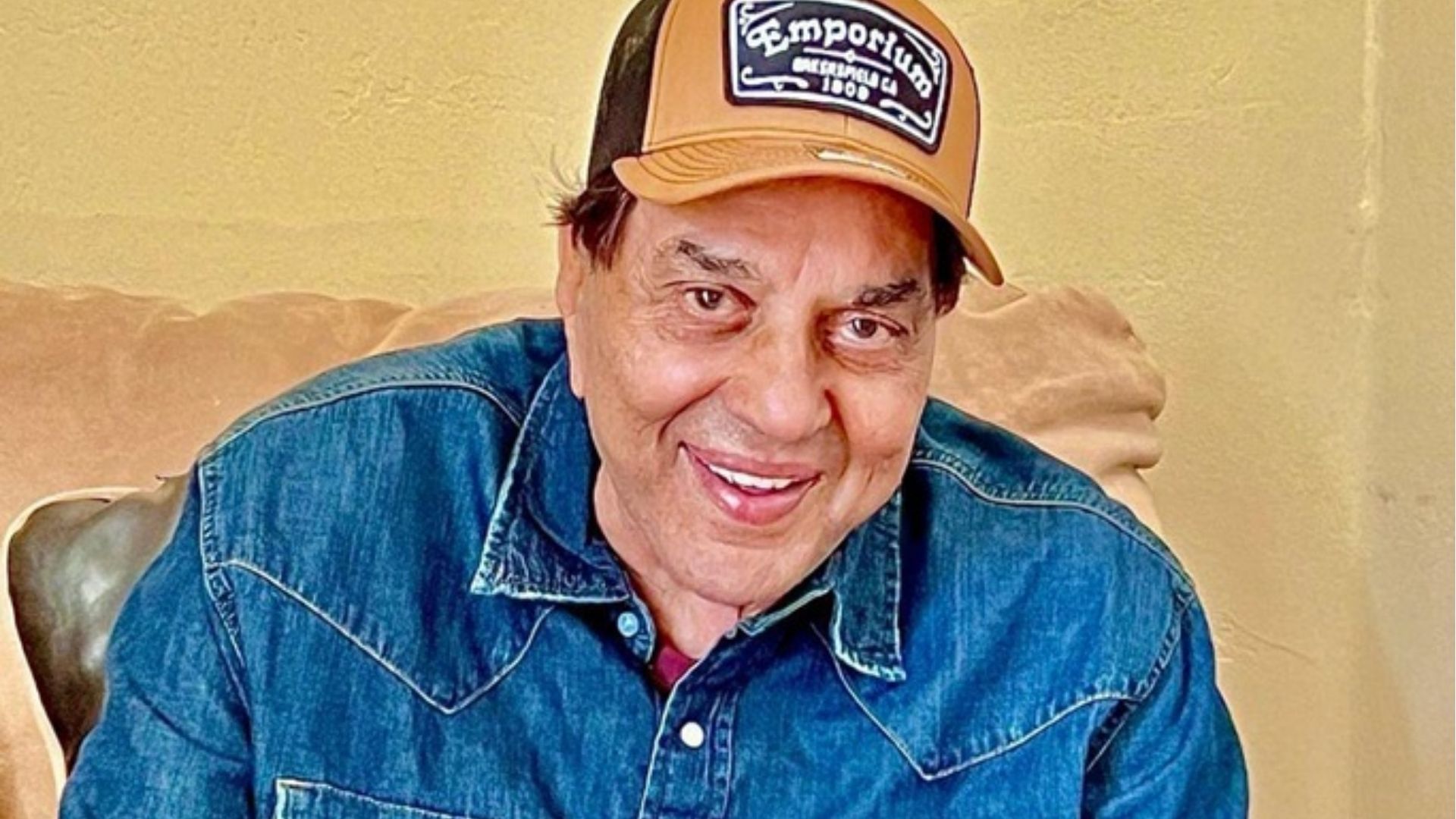There are bikes that made history, bikes that changed the game, and bikes that—despite having all the right ingredients—somehow slipped through the cracks. The BMW F 450 GS is one of those bikes. A name that should have stood shoulder to shoulder with the greats of the dual-sport and adventure world, yet today remains mostly a whisper in motorcycle conversations.
But for those who know, the F 450 GS represents something special—a missed opportunity, a fascinating experiment, and, for some, the bike that never was but could’ve been everything.
READ MORE : https://digitalmohit.co.in/
A Bike Born with Purpose (and Confusion)
To understand the F 450 GS, we need to step back to the late 2000s. BMW had been making waves with its big adventure bikes—the R 1200 GS was the darling of long-haul ADV riders and had firmly established the GS badge as the go-to for go-anywhere machines.
But a gap remained.
What if there was a GS that was lightweight, nimble, and capable of tackling tighter trails—something between an enduro and an ADV bike? Something that didn’t require you to bench press 500 pounds just to lift it after a drop?
Enter the BMW G 450 X, launched in 2008—a purebred enduro weapon that BMW hoped would challenge the likes of KTM and Husqvarna in off-road competition. It was a bold move, but the G 450 X didn’t exactly take off. While it had some smart innovations (like the coaxial swingarm pivot and countershaft sprocket design), it suffered from mixed reliability reviews and an identity crisis. Was it a race bike? A trail machine? An everyday ride?
Then came the murmurs, the sketches, the sightings in BMW forums—the F 450 GS.
READ MORE : https://digitalmohit.co.in/category/news/
The Unicorn That (Almost) Was
Now here’s where the tale gets murky—and why this bike carries an almost mythical reputation.
The F 450 GS was never officially released. It was never even fully revealed to the public, but insiders and spy shots from the era hinted at a prototype that took the DNA of the G 450 X and transformed it into something streetable, adventure-ready, and distinctly GS.
Imagine a fuel-injected, lightweight thumper with a proper subframe for luggage, an ergonomically friendly seat for long rides, and that unmistakable GS styling. The goal was clear: build a single-cylinder adventurer that could take on the KTM 690 Enduro R and bridge the gap between trail and travel.
BMW had the platform, the tech, the experience. But the F 450 GS never made it out of the lab.
Why
READ MORE : https://digitalmohit.co.in/category/technology/
The Problem with Being Ahead of Your Time
Some blame the lukewarm reception of the G 450 X. Others point to BMW’s acquisition of Husqvarna in 2007 (which they later sold in 2013). With Husqvarna now part of the family, perhaps BMW didn’t want the F 450 GS cannibalizing Husky’s niche in the performance enduro segment.
But more than anything, it was a case of a company unsure how to market such a hybrid. Back in 2010, the “lightweight ADV” segment didn’t exist like it does today. Riders either chose a heavy, fully outfitted GS or an enduro with a giant aftermarket tank and hopes it wouldn’t rattle itself apart on the highway.
Had the F 450 GS launched today, it would be walking into a golden era—where bikes like the Yamaha Ténéré 700, KTM 690, Aprilia Tuareg, and Husqvarna Norden are thriving. The market is finally hungry for that “in-between” bike.
Riders Remember What Could’ve Been
Talk to any die-hard BMW fan who dabbled in the off-road world during the late 2000s, and chances are you’ll hear the same thing: “I would’ve bought one in a heartbeat.”
The idea of a street-legal, adventure-ready, sub-400-pound BMW GS still makes people’s eyes light up. It’s the unicorn bike that could’ve changed BMW’s image in the dirt. It could’ve brought new, younger riders into the brand before they graduated to the 800 or 1200 class.
Instead, what we got was a pause—and then, eventually, the launch of the G 310 GS, a charming but underpowered and budget-conscious option that never quite filled the same hole.
Could It Come Back?
Now here’s the million-euro question: Could BMW revive the F 450 GS?
Technically, yes. With today’s advances in lightweight materials, electronics, and fuel efficiency—not to mention the surge in rider demand for middleweight and lightweight ADV bikes—the timing has never been better.
Imagine a modern F 450 GS:
- 450cc liquid-cooled single-cylinder, ~45 hp
- 6-speed gearbox with wide-ratio transmission
- Switchable ABS and traction control
- Long-travel suspension with adjustability
- Sub-375 lbs wet weight
- 3.5+ gallon tank for adventure range
- Optional Rally or Enduro Pro modes
- Bluetooth dash, GPS-ready
- True GS ergonomics and styling
Would it sell? Without a doubt. It would compete directly with the KTM 450 Rally Replica, the Honda CRF450RL, and even cross-shop the new ADV-focused 500 class bikes.
But whether BMW has the appetite to pursue this direction again remains uncertain.
Conclusion: A Bike That Lived in the Shadows
The BMW F 450 GS is a classic case of “what could’ve been.” A product born of ambition and innovation that never quite found its place. Yet even in its absence, it left a legacy—a void that modern riders still yearn to see filled.
For those of us who dream of a truly lightweight GS with no compromise between agility and distance, the F 450 GS is more than a prototype. It’s a symbol of missed timing, unfulfilled potential, and the magic that sometimes gets lost between engineering and marketing.
And who knows? Maybe one day, deep in the design halls of Bavaria, someone will dust off the F 450 GS plans and give this unicorn a second chance.
















Leave a Reply